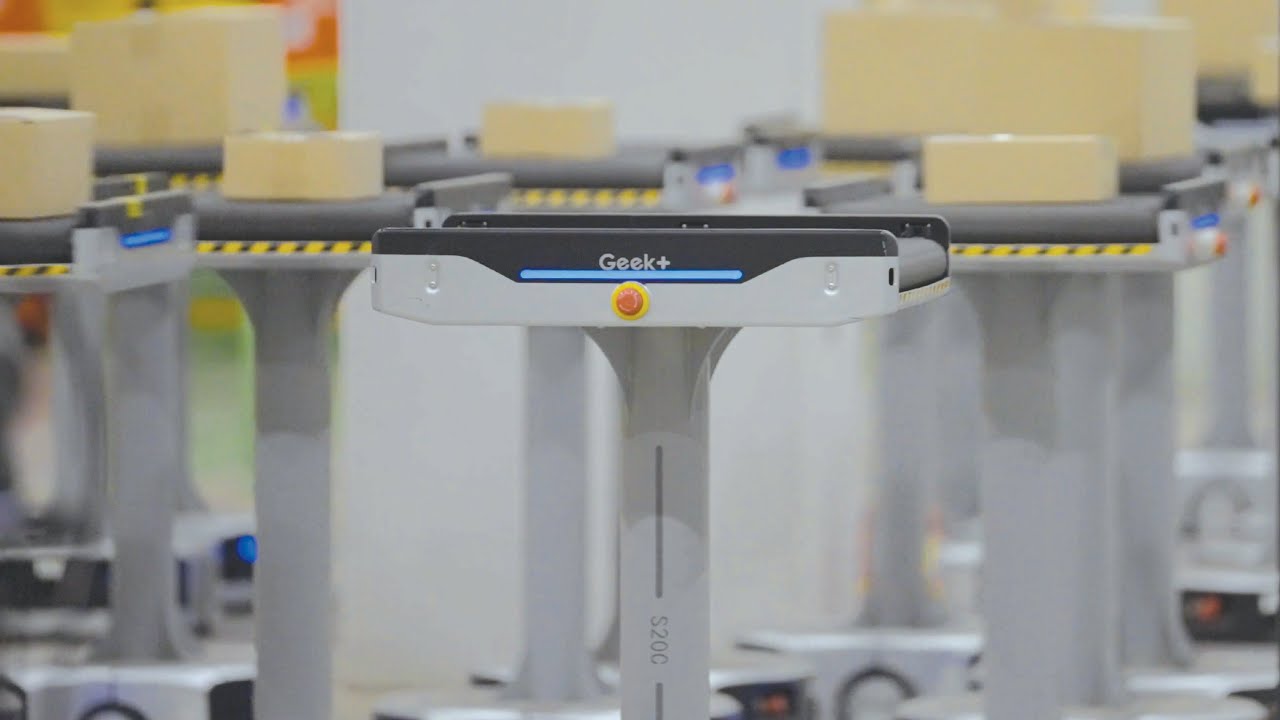1. How do you see the role of renewable and alternative energy evolving in the future of the power generation industry?
§ The future of the power generation industry is undergoing a critical transformation as we face the pressing challenge of addressing climate change which needs to limit global warming by 1.5 oC (degrees Celsius) by 2030.
§ Currently, approximately 40% of the current global carbonemissions (34.2 gigatons) and 49%[ZZ(V1] of Asia’s carbon emissions (19gigatons) are attributed to the power industry. This emphasises the urgent needfor a swift and strategic transition to cleaner, sustainable, reliable andaffordable power alternatives, with Renewables (RE) and alternative energyplaying a critical role.
§ Despite the variability and predictability challenges associated with RE, lower carbon version of conventional power coupled with RE, and a smarter grid emerges as a potential future of energy for achieving COP targets. We expect a gradual reduction in coal power generation, with Hydro, Nuclear, and carbon-neutral fuel-based high-efficiency gas power becoming complementary to renewables and batteries.
§ GE Vernova, a planned company comprising of GE’s energy portfolio of businesses including Renewable Energy, Conventional Power,Digital, and Energy Financial Services, is uniquely positioned to help lead this energy transition by continuing to electrify the world while simultaneously working with our customers to decarbonise it.
§ We believe that a combination of lower-carbon solutions, including renewable energy supported by gas power, holds immense potential. The complementary nature of these technologies allows for a more rapid and scalable reduction in carbon emissions, aligning with the global imperative for ade carbonised energy future.
2. As an Executive Engineering Leader, how has GE Vernova been adapting to the increasing demand for renewable energy solutions?
§ As an Executive Engineering Leader at GE Vernova, I am proud to lead a team that leverages these innovations in tandem with the continuous evolution of our gas power technology. Our efforts extend beyond the continuous optimisation of combustion technology to minimise carbon emissions; we are also pioneering the adoption of carbon-neutral fuels such as hydrogen and ammonia. Currently, our portfolio boasts over 120+ Gas Turbines operating with diverse hydrogen blends, clocking more than 8.5 million operating hours.
§ In parallel, we are helping a few of our customers to assess the grid capability to understand what amount of RE deployment at a given point in time would be optimal from a stability perspective.
§ These collective efforts ensure the on going relevance of gas power for decades to come, even as the power sector under goes the crucial process of decarbonisation.
§ The power sector serves as a model for other industries around the world and we believe that lower-carbon solutions, such as renewable energy supported by gas power can contribute to a better and more pragmatic decarbonised future of energy. Their complementary nature offer stremendous potential to help cut down carbon emissions with the speed and scale the world requires today.
3. In your experience, what are the key technical challenges associated with integrating renewable energy sources into existing power infrastructure,and how are these challenges being addressed?
§ The variability and unpredictability of renewable resources, coupled with their intermittent nature, and lower inertia create several new challenges to power grid stability.
§ Factors like weather changes, load demand variances (prediction of energy consumption patterns), availability, and reliability of generating assets and grid infrastructure may potentially impact renewable energy generation. Therefore,it is crucial to predict these changes and take proactive measures before they occur.
§ At GE Vernova, we strategically invest in cutting-edge solutions including GRID-OS powered by advanced management systems, machine learning (ML) and artificial and artificial intelligence (AI) to enable precise prediction and effective management of fluctuations in renewable energy for our customers.
§ Our robust portfolio and capabilities also enable us to help assist our customers in assessing grid stability, helping them understand the developmental limits of RE for a particular grid at any given time so that any excess renewable energy that cannot be deployed can be utilised to product zero carbon fuel for complementary power sources, such as gas power.
§ The intermittent nature of renewable sources also necessitates the development of robust energy storage solutions which includes advancements in technologies like lithium-ion batteries, pumped hydro storage,and flywheel energy storage that allow excess energy to be stored during periods of high generation and utilized during peak demand.
§ Gaspower technology stands as a destination technology that will serve as a reliable and flexible complement to renewable sources, offering a consistent energy supply during periods of low or unreliable renewable generation.
§ In essence, stabilising the grid, reducing overall costs, and enhancing flexibility with gas power technology will enable these energy storage innovations to contribute significantly to overcoming the technical challenges associated with integrating renewable energy into existing power infrastructure.
4. In your opinion, what are the most promising emerging technologies in the renewable energy sector, and how might they impact the future of power generation?
§ In the current energy landscape,85% of the world's electricity is generated from sources like gas, nuclear, hydro, and steam. More importantly,these are also critical to decarbonizing the world as we look ahead.
§ Gas for example has been the key enabler of the decarbonization of the US through coal-to-gas shifting, a similar path many nations are following here in Asia.
§ At GE Vernova, we are driving innovation with breakthrough technologies to decarbonise gas turbines through pre-combustion with H2 and Ammonia, as well as post-combustion with Carbon Capture, Utilization, and Sequestration (CCUS).
§ Most recently, we have partnered with Sembcorp Industries and IHICorporation to explore retrofitting the Sakra power plant in Singapore with ammonia-firing capabilities, enabling Sembcorp to generate low-carbon energy and support Singapore’s energy diversification and decarbonization efforts.
§ Offshore wind power is also gaining immense traction. Projects like DoggerBank, the world’s largest offshore wind farm off the UK coast where our Haliade-X wind turbines stand, showcase the potential for giga-scale facilities generating clean power. It can generate up to 74GWh of gross annual energy production saving up to 52,000 metric tons of CO2, which is equivalent to emissions generated by 11,000 vehicles in one year.
5. How is the concept of sustainability integrated into the overall strategy and decision-making processes at GE Vernova, particularly regarding renewable energy initiatives?
§ We recognise that different markets experience different dynamics and have various levels of development within their energy ecosystems.
§ In the context of the Asian transition, our commitment to sustainability involves optimizing the energy mix tailored to specific markets through the adoption of greener and carbon-neutral fuel in gas power technology such as ammonia, and hydrogen.
§ While progress has been made, the region needs to scale efforts continuously. Barriers such as cost, infrastructure and production can be overcome through collaborative efforts within the wider energy ecosystem which includes greater cross-industry collaboration, concrete targets, and supportive policies.
§ At GE Vernova,sustainability is intricately woven into our overarching strategy and decision-making process, and we are committed to leveraging our portfolio of technology, expertise, and investments– from the world’s most efficient gas power turbines to breakthroughs in carbon neutral fuel, carbon capture technologies and renewables – to continue being a strategic partner in supporting the energy transition.
6. How has the landscape of renewable and alternative energy in Asia evolved since 2022, and how is GE Vernova positioning itself to capitalize on these changes?
§ We have seen great progress, especially in terms of policy support structures and international collaborations.
§ Across the region, we are encourage by partnerships like the Just Energy Transition Partnership (JETP) between Indonesia and international allies which aim to boost renewable energy’s share in Indonesia’s power generation by 34% by 2030; Singapore’s role as the first country in ASEAN to introduce a carbon pricing scheme implemented in 2019; Australia’s record funding of almost A$25 billion to clean energy spending, in support of Long-Term Emissions Plan by 2050; Vietnam’s renewed PDP 8 focuses onan increase in RE in line with goals to achieve net-zero by 2050.
§ As the energy mix shift evolves, the ‘energy trilemma’ of balancing affordability, reliability, and sustainability of energy sources to accelerate decarbonization becomes apparent as the need for dispatchable resources like gas will increasingly be required to maintain grid stability.
§ With our portfolio of technology,expertise, and investments – ranging from the world’s most efficient gas power turbines to breakthroughs in hydrogen and renewables, GE Vernova’s Gas Power is strategically positioned to electrify the world and accelerate the decarbonization of the power sector.





.png)
.png)


























.png)
.jpg)




































.jpg)








































